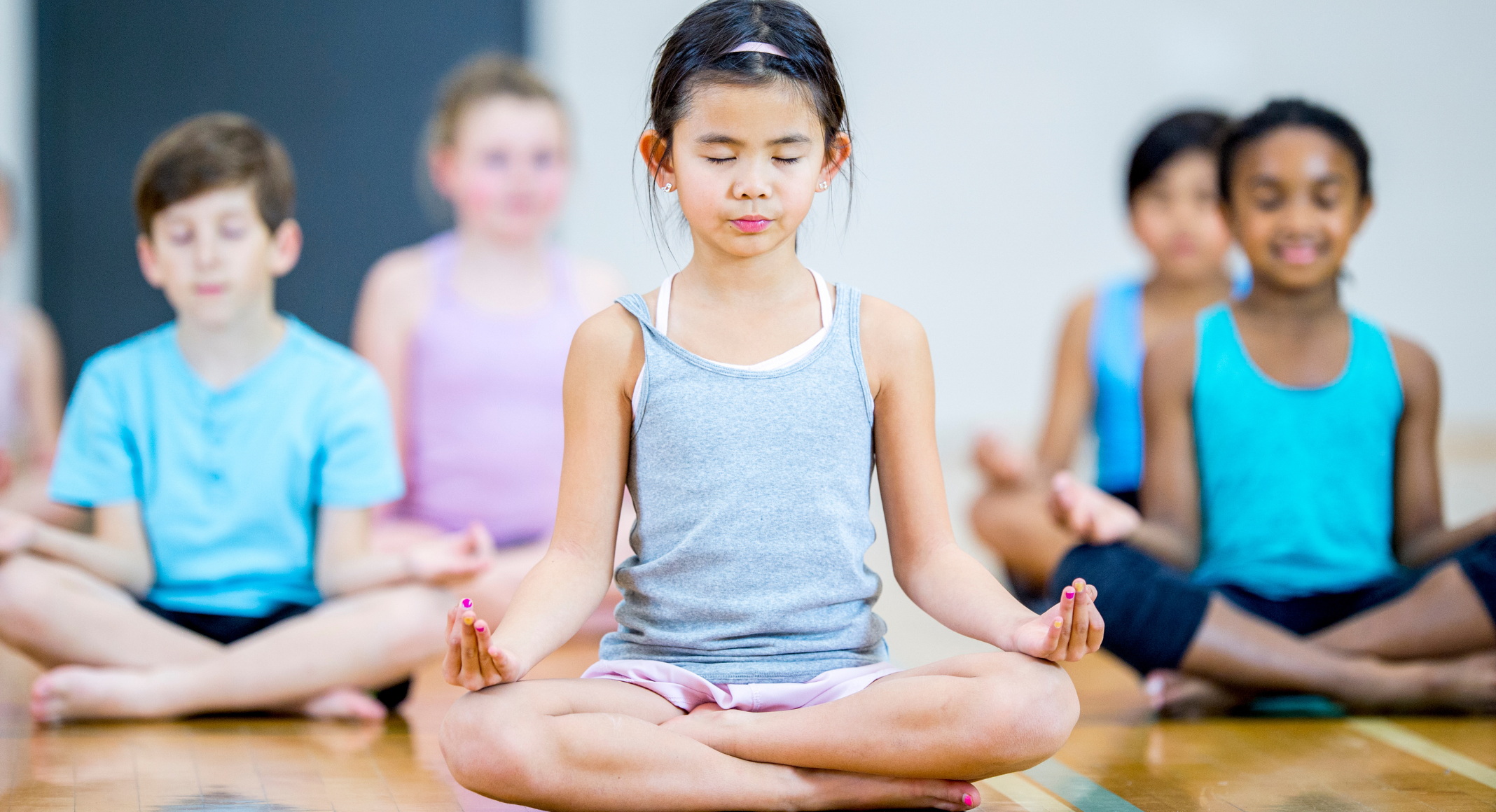 Meditation may have started as a New Age trend, but science has shown numerous physical and mental health benefits to slowing down, even if it’s just for a few minutes every day. These positive results help people of all ages, but anyone who’s ever had a toddler or young child knows how hard it is to get them to sit down and focus on something for any length of time.
Meditation may have started as a New Age trend, but science has shown numerous physical and mental health benefits to slowing down, even if it’s just for a few minutes every day. These positive results help people of all ages, but anyone who’s ever had a toddler or young child knows how hard it is to get them to sit down and focus on something for any length of time.
It can be even more challenging for kids with anxiety or other forms of neurodivergence. How can you get meditation to help these children?
Benefits of Meditation for Children
Adults who practice meditation and mindfulness are already aware of these practices’ physical and mental health benefits. The ways they help children include:
- Improved concentration and focus
- Increased self-confidence and higher self-esteem
- Stronger emotional regulation skills
- Fewer problem behaviors
- Better sleep
- Strengthened decision-making and problem-solving skills
- Higher self-awareness
- More empathy
- Less intrusive thoughts
The challenge isn’t seeing meditation’s benefits for anxious or neurodivergent children. It’s in getting them to sit down and meditate in the first place. Here are a few different ways to approach meditation to make it easier for kids to incorporate it into their daily lives.
1. Make Meditation a Routine
Children who live with anxiety symptoms or identify as neurodivergent thrive on routine and may struggle if anything is interrupted. One way to introduce them to meditation is to include it in their daily life. It could be as simple as sitting down for a few minutes to listen to a guided meditation or following a script, or as complex as finding a group meditation or yoga class to join in your area.
There are multiple yoga studios in the Louisville area that offer kid-friendly meditation and mindfulness classes and parent and kid groups so you can meditate together. Take the time to explore and find what works best for you and your little ones. If traveling somewhere once or twice a week isn’t an option, consider looking into online classes or even free YouTube videos geared toward kids.
2. Focus on Breathing
Meditation isn’t just about sitting still and emptying your mind. Breathing also plays an enormous role in the practice. Mental health professionals often employ breathing exercises to help children with anxiety or autism learn to self-soothe. Pursuing an ongoing treatment plan with a child psychiatrist, either in person or through telepsychiatry, is valuable but can make it more challenging to help your anxious or neurodivergent child between sessions. Breathing exercises are a tool you can take with you anywhere. It can be as simple as inhaling for a count of five, holding for a count of five and then exhaling slowly.
You could also consider incorporating pranayama — yogic breathing practices that help kids focus on the air they breathe as they inhale and exhale. Stopping to take a deep breath or two is a useful tool for self-soothing when anxiety can become overwhelming. It can be a good tool for adults, as well.
3. Bedtime Body Scanning
Body scan meditations are a great way to help anxious and neurodivergent children focus. They focus on each body part, from the toes to the top of the head. It’s a valuable tool for managing stress or overwhelming emotions and could be useful relaxation techniques for anxious children.
One way to introduce your kids to body scan meditations is to talk them through bedtime sessions. They’re already spooling down and ready to sleep, which helps them associate meditation with calm feelings and reduced stress.
Meditation can also become a useful autism self-soothing technique for children. Body scanning meditations help if your kids tend to get more energetic at the end of the day when it’s time for bed since it requires sitting still and focusing, even if it’s only for a few minutes.
Bonus: Use Movement as Meditation
Kids are full of energy. Sometimes, getting them to slow down enough to meditate is harder than nailing Jello to a tree. Instead of fighting with them to sit down and breathe, consider using movement as meditation. Yoga fosters that mind-body-breath connection, so any exercise or movement can be a form of mediation. Running, swimming and climbing trees can all serve as self-soothing techniques for neurodivergent children.
They can also be valuable tools for kids who might feel overwhelmed by a situation. Many neurodivergent individuals describe the desire to stim in response to stressful or overwhelming events as a way to release pent-up energy. There’s no better way to get rid of extra energy than running full-tilt across a field or climbing a tree until your arms tremble.
One Breath at a Time
Meditation might seem impossible, especially for young children who move from the moment they wake up until they fall asleep at night. Even spending five minutes a day meditating can help anxious and neurodivergent children reap the benefits. Don’t stress if you struggle at the beginning of your journey. Remember to take things one breath at a time.
 Beth is the Managing Editor at Body+Mind. She is passionate about writing about parenting, nutrition, mental health and fitness. In her spare time, Beth enjoys going for runs with her dog and trying out new recipes.
Beth is the Managing Editor at Body+Mind. She is passionate about writing about parenting, nutrition, mental health and fitness. In her spare time, Beth enjoys going for runs with her dog and trying out new recipes.











